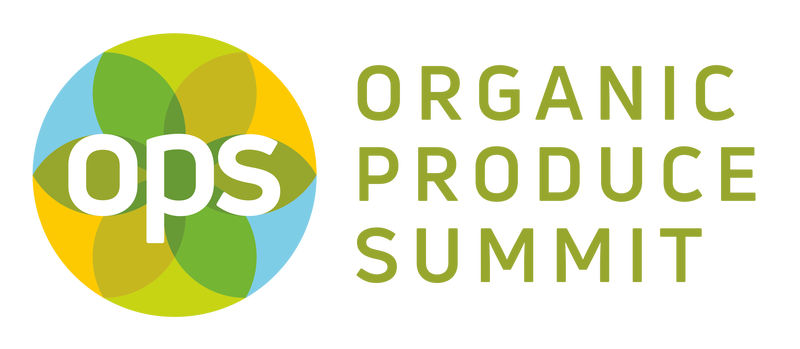Sponsored By
Organic Retail
Woman choosing a yellow bell pepper at a grocery store. Consumers are buying produce more frequently to cut food waste while increasing sales.
Organic Retail
Shoppers are driving up produce sales with smaller, more frequent purchasesHigher store traffic increases produce sales
Produce sales rose in May, both in dollars and volume, but consumers aren’t loading up their carts weekly. Find out why they are shopping more frequently.
Subscribe to our eNewsletter!
Receive the latest organic produce industry news directly in your inbox.





.png?width=300&auto=webp&quality=80&disable=upscale)






.jpg?width=300&auto=webp&quality=80&disable=upscale)

.png?width=300&auto=webp&quality=80&disable=upscale)





_1_(2).png?width=300&auto=webp&quality=80&disable=upscale)



.png?width=300&auto=webp&quality=80&disable=upscale)




.png?width=300&auto=webp&quality=80&disable=upscale)



.jpg?width=300&auto=webp&quality=80&disable=upscale)

